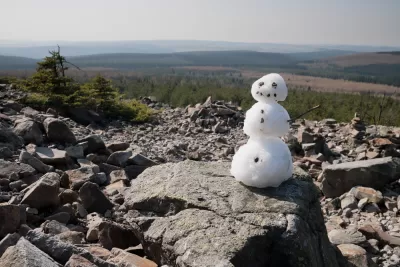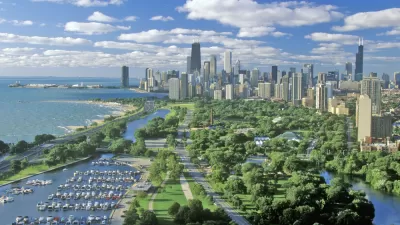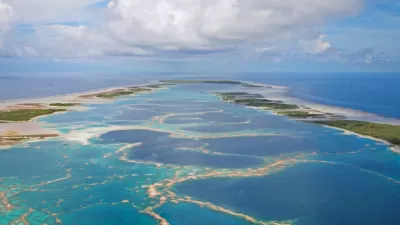The headline presents a bit of a mind-bender, but scientists are racing to grapple with the consequences of human-induced climate change in the northern regions of the globe.

"Earlier this month, NASA scientists provided a visualization of a startling climate change trend — the Earth is getting greener, as viewed from space, especially in its rapidly warming northern regions," reports Chris Mooney. "And this is presumably occurring as more carbon dioxide in the air, along with warmer temperatures and longer growing seasons, makes plants very, very happy."
The visuals of a greener Arctic, however, has now given way to new research showing that humans are responsible for those changes. Yes, the greening of the Artic is proof of the human fingerprint on climate change. The question still remains, however, whether the additional plant life now thriving on the planet as a result of human actions will be able to "offset overall global warming over time," as Mooney puts it.
Some have already begun to take a more optimistic assessment of global warming, such as a report from the U.S. Geologicial Survey which, according to Mooney, speculates that the state of Alaska, "might still be able to stow away more carbon than it loses over the course of the 21st century" (and all that " despite worsening wildfires and more thaw of permafrost").
FULL STORY: Thanks to climate change, the Arctic is turning green

Montreal Mall to Become 6,000 Housing Units
Place Versailles will be transformed into a mixed-use complex over the next 25 years.

Planetizen Federal Action Tracker
A weekly monitor of how Trump’s orders and actions are impacting planners and planning in America.

DARTSpace Platform Streamlines Dallas TOD Application Process
The Dallas transit agency hopes a shorter permitting timeline will boost transit-oriented development around rail stations.

Interactive Map Reveals America's “Shade Deserts”
Launched by UCLA and American Forests to combat heat-related deaths, the tool maps the shade infrastructure for over 360 U.S. cities.

Bicycles and Books — In Sacramento, Libraries Now Offer Both
Adult library card holders can check out e-bikes and e-trikes for up to one week.

Colorado Landfills Emit as Much Pollution as 1M Cars
Landfills are the third-largest source of methane pollution in Colorado, after agriculture and fossil fuel extraction.
Urban Design for Planners 1: Software Tools
This six-course series explores essential urban design concepts using open source software and equips planners with the tools they need to participate fully in the urban design process.
Planning for Universal Design
Learn the tools for implementing Universal Design in planning regulations.
City of Mt Shasta
City of Camden Redevelopment Agency
City of Astoria
Transportation Research & Education Center (TREC) at Portland State University
US High Speed Rail Association
City of Camden Redevelopment Agency
Municipality of Princeton (NJ)





























